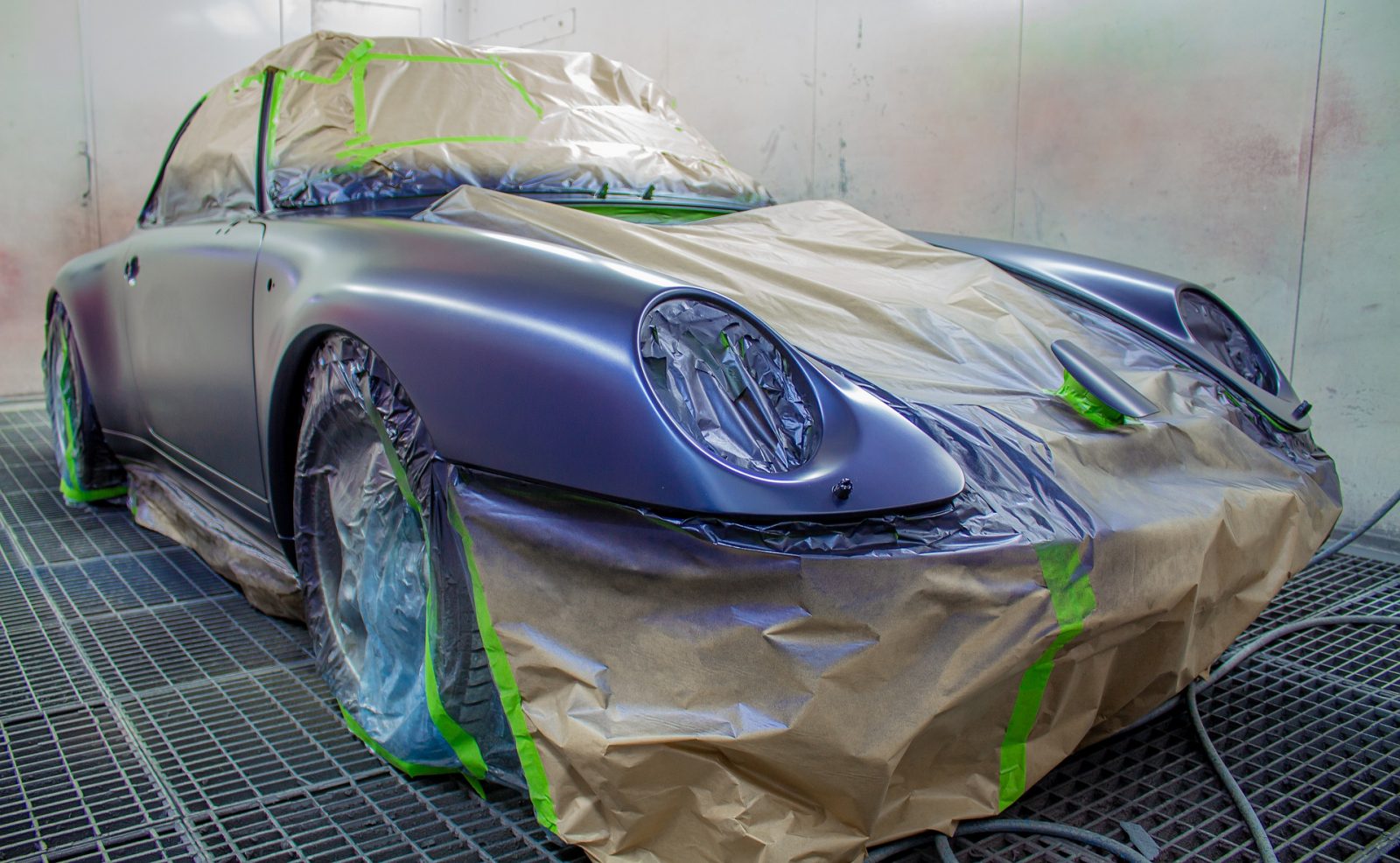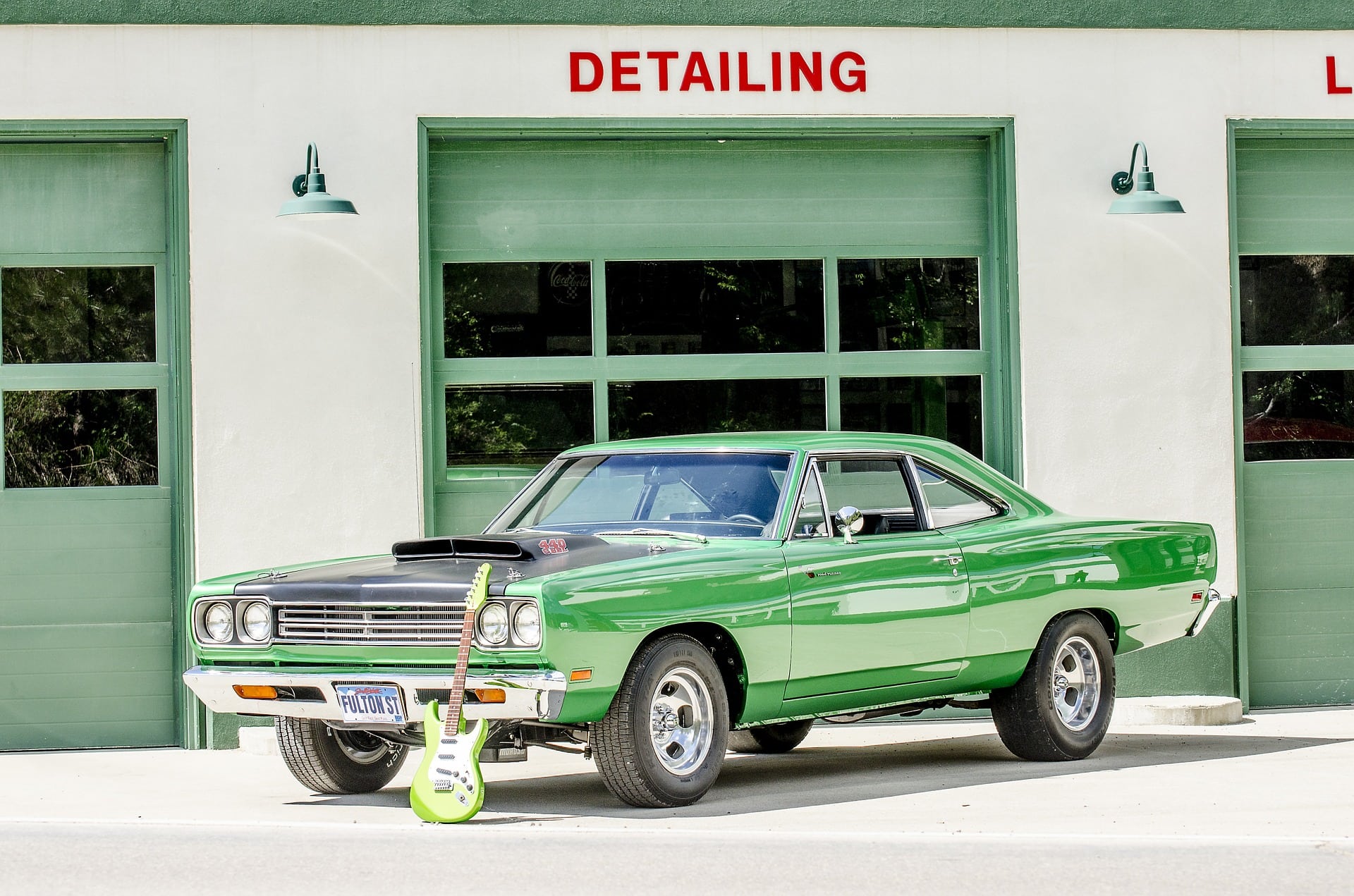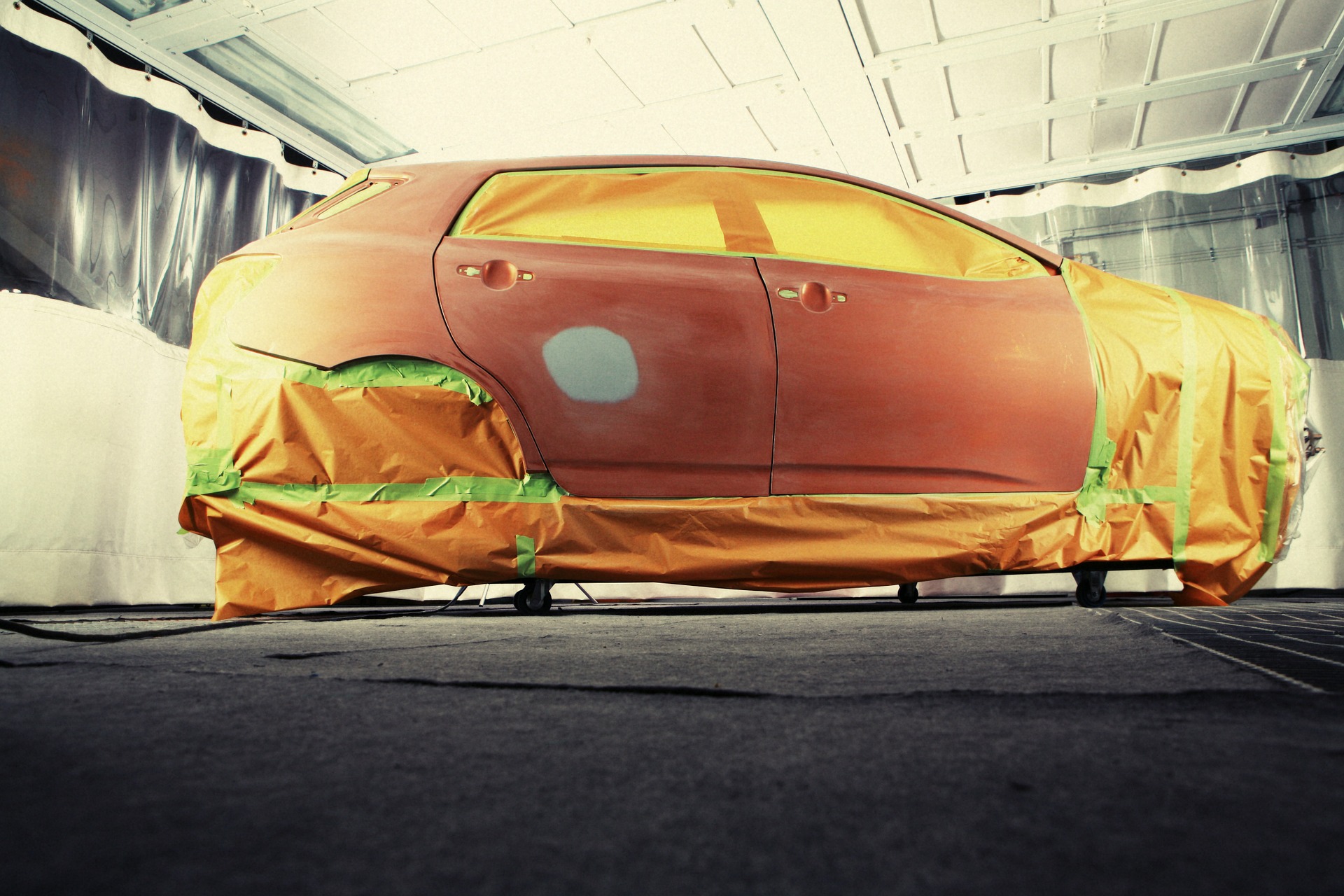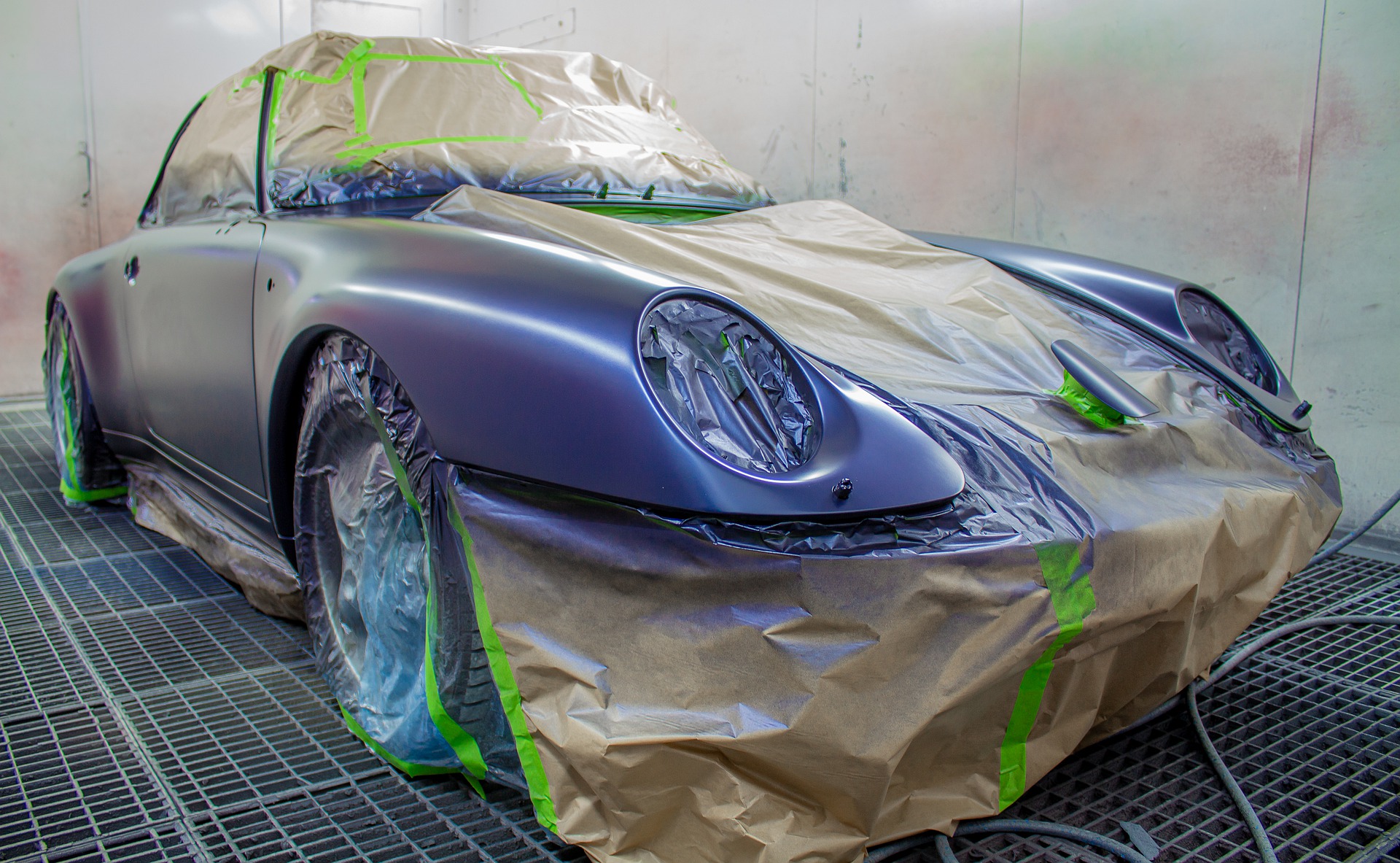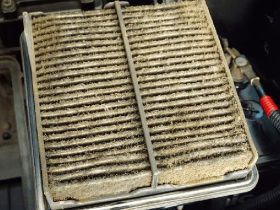When you buy a car, you’re generally limited to the color it is when it rolls off the assembly line. Changing the color professionally can cost you thousands of dollars. You can tackle painting your ride as a DIY project, but you need a bit of preparation before you start. Here are some tips and tricks to make it easier for you to paint your own car.
Create a Dust-Free Enviornment
This is probably the most important part of painting your own car. Dust particles might not sound like a big problem, but when they settle onto your wet paint, they end up making a massive mess. Painting your car isn’t something you should do in your garage or out in the yard. It will end up looking awful. Take the time to set up a dust-free environment or at least reduce the amount of dirt in your painting space.
Pick the Right Paint
Not all paint is created equal, and if you’re planning on painting your vehicle, you need to make the right choice. Automotive paint is designed to adhere to metal and primer and withstand weather and UV rays. Don’t use acrylic or house paint or anything other than what’s specifically designed for automotive applications. You’ll thank us later.
Gather Your Tools
Next, you need to ensure you have all your tools on hand before you start painting. Pausing in the middle of the project, especially if you’re working on your daily driver, will be a huge hassle and may even mess up all your hard work. You may want a couple of specialty tools, but for most paint jobs, you’re going to need:
- An air compressor
- A paint gun
- Masking tape and newspaper or plastic to cover any parts you don’t want painted
- An orbital sander
- Sanding discs or sandpaper to remove old color
- Paint
- Clearcoat
It’s easy to ensure you have everything you’re going to need on hand before you get started. Don’t make things harder on yourself then they have to be.
Sand and Paint
Once you have everything on hand and ready to paint, it’s time to get started. Sand your car down to the original primer, removing all the old color. You only need to get down to bare metal and reapply the primer if there’s rust that you need to repair. Otherwise, you just need to take it down to primer and repaint.
After sanding, all that’s left to do is paint. Read the instructions on your product to figure out how many layers you’ll need to apply and the amount of time you need to let it cure between coats. It may vary from brand to brand, so don’t skip this step.
Enjoy Your New Look
Painting your own car might seem like a daunting task, but with a bit of preparation and some patience, it’s something you can easily tackle over a weekend. Then comes the fun part: Taking your “new” car out for a spin to show off its new coat.


